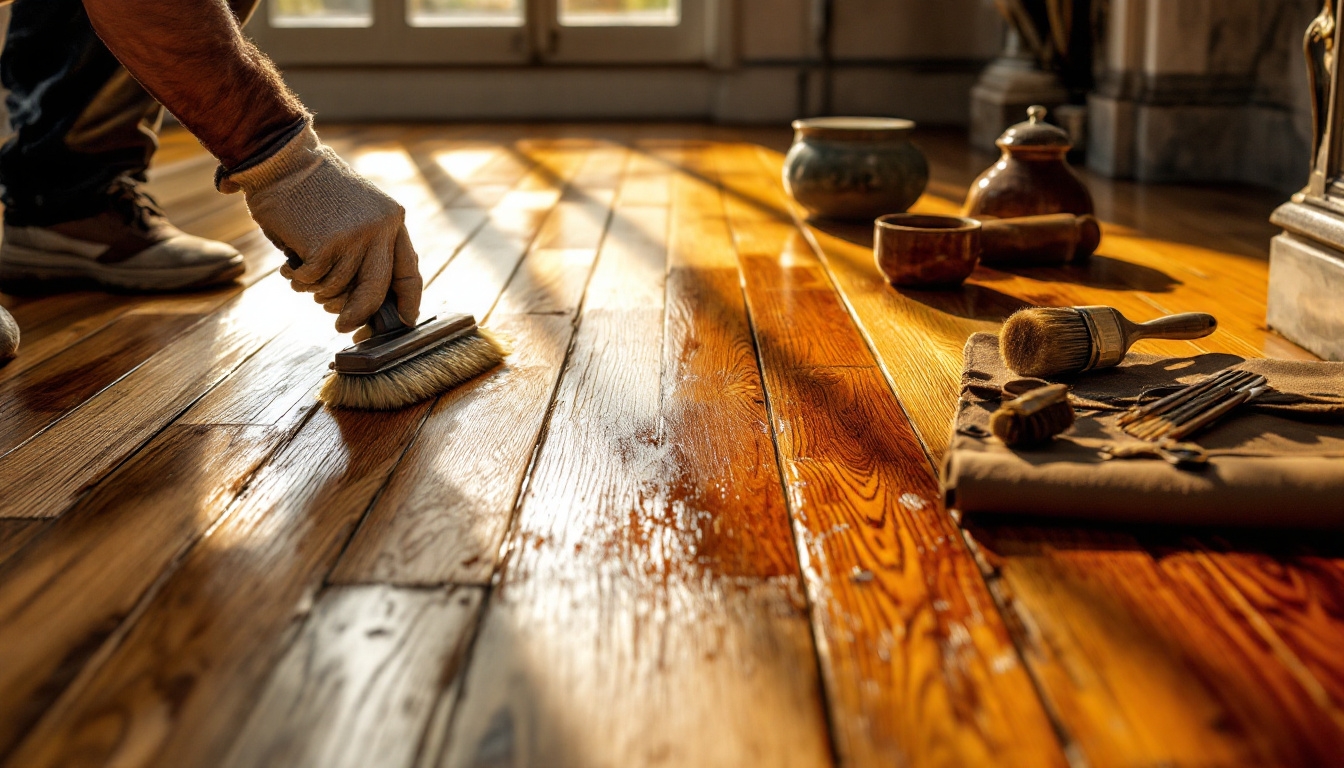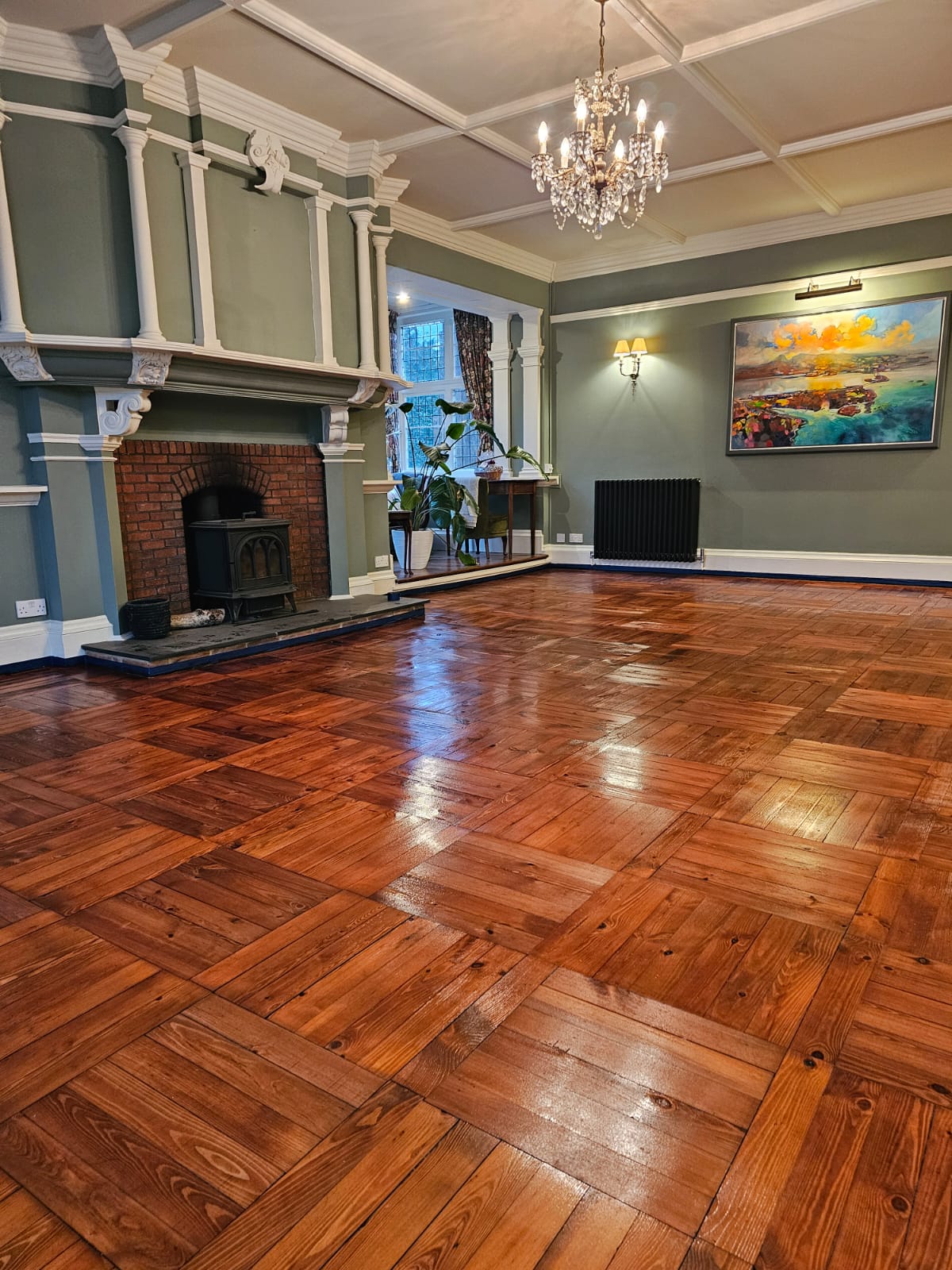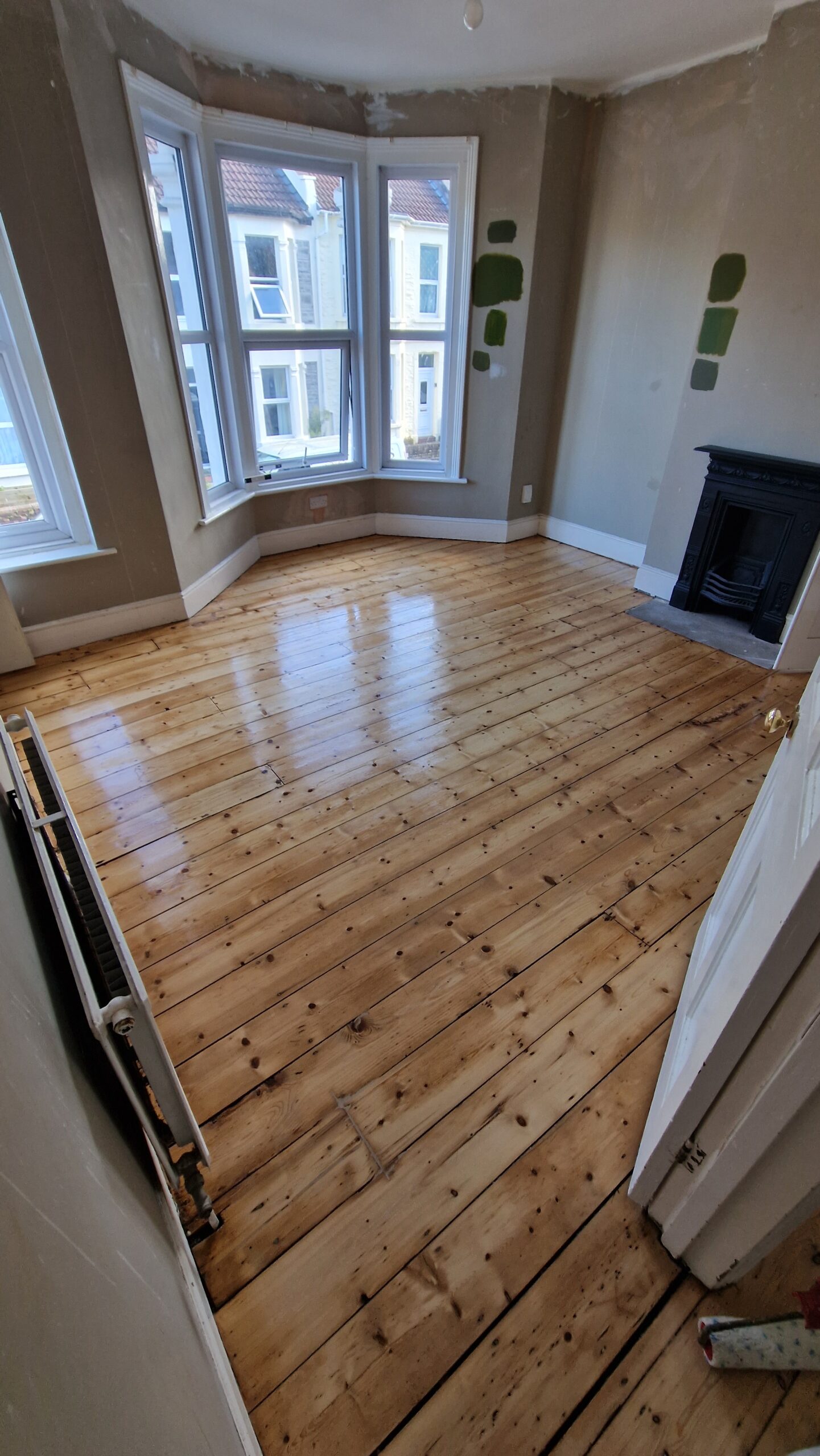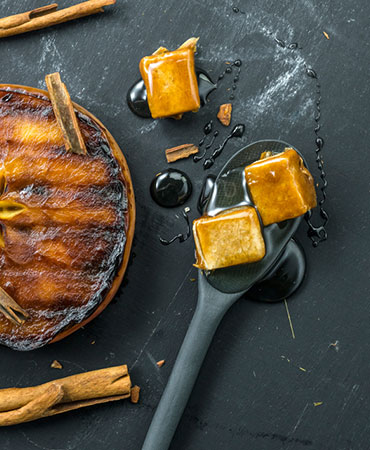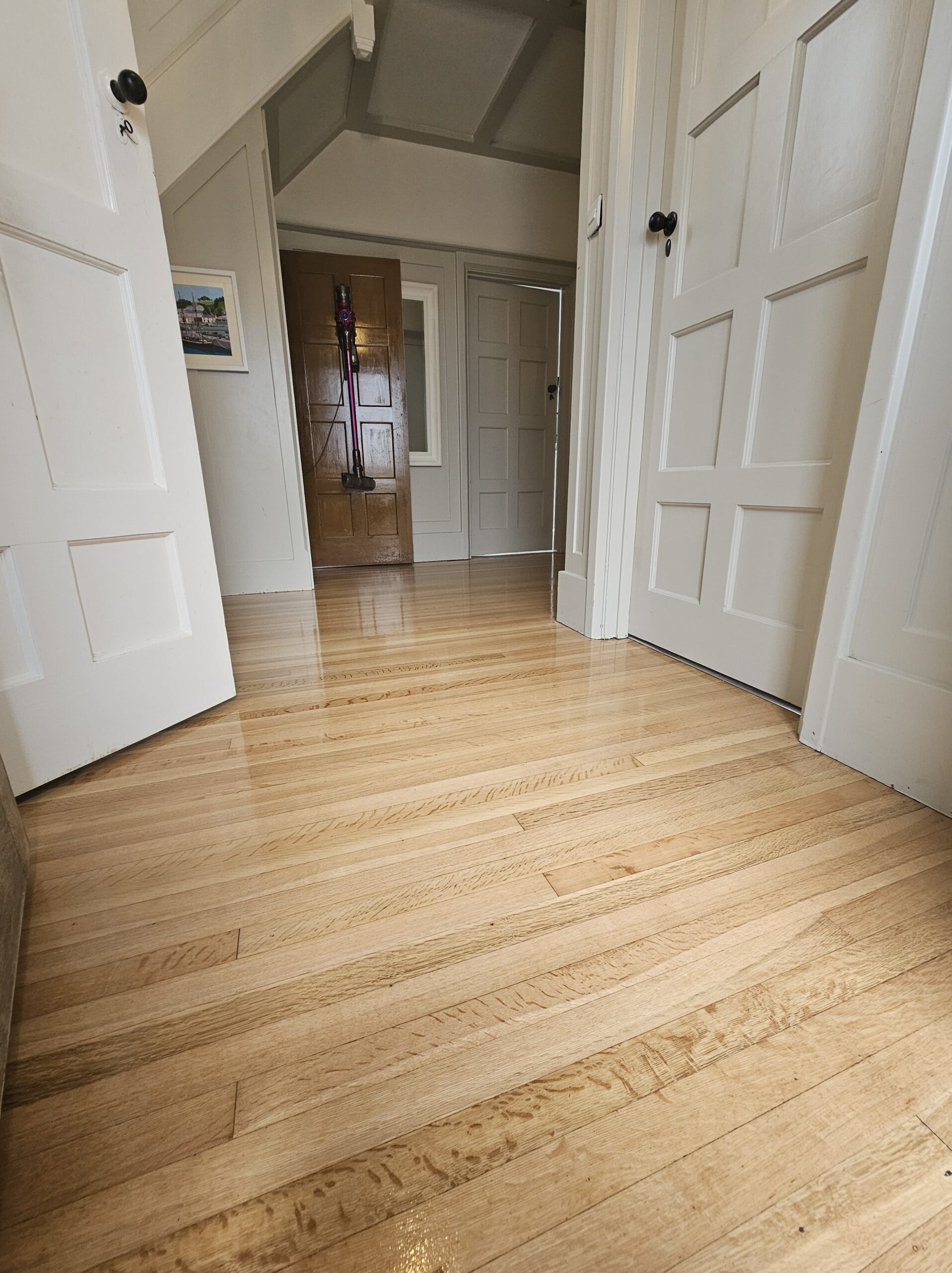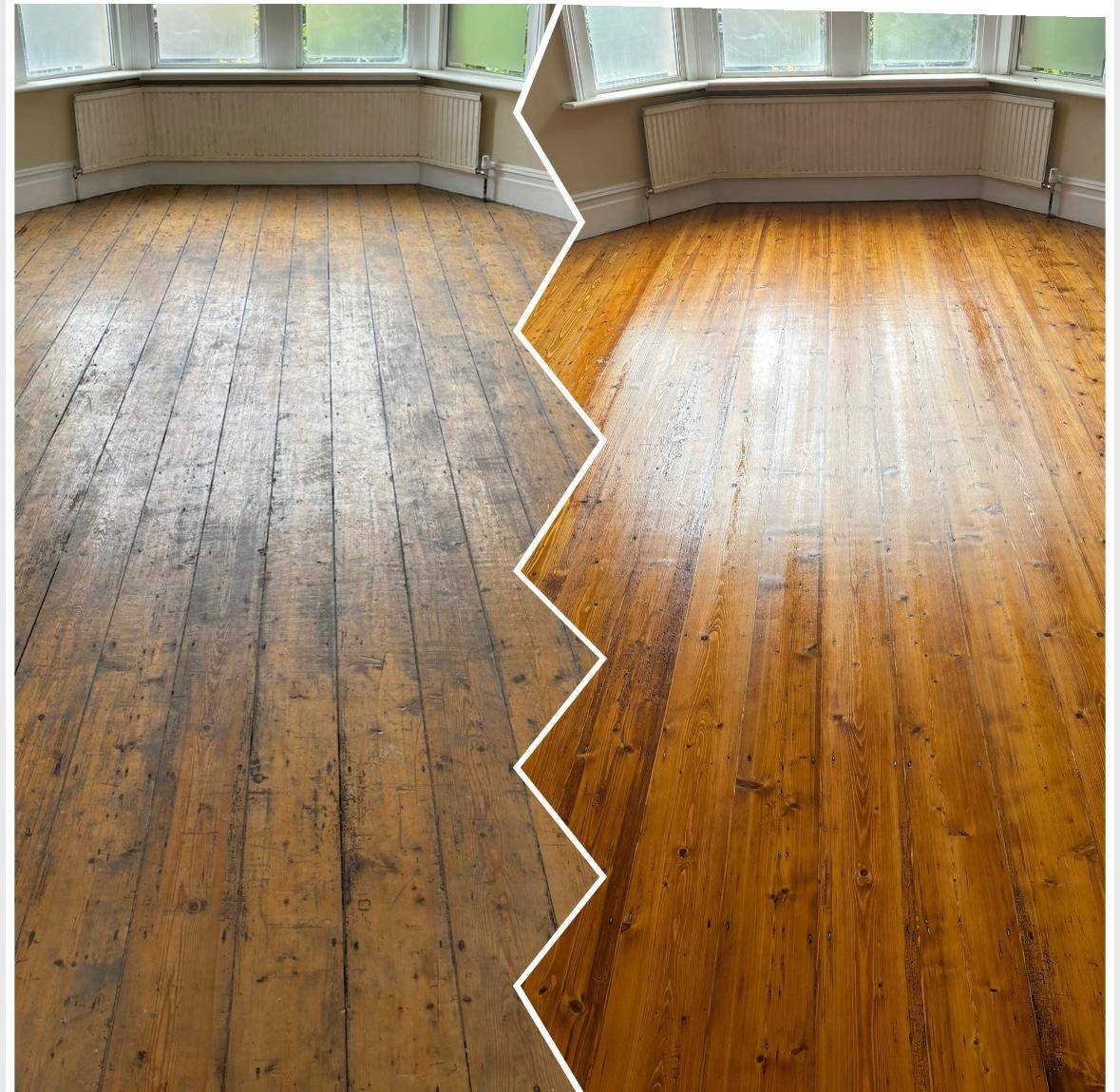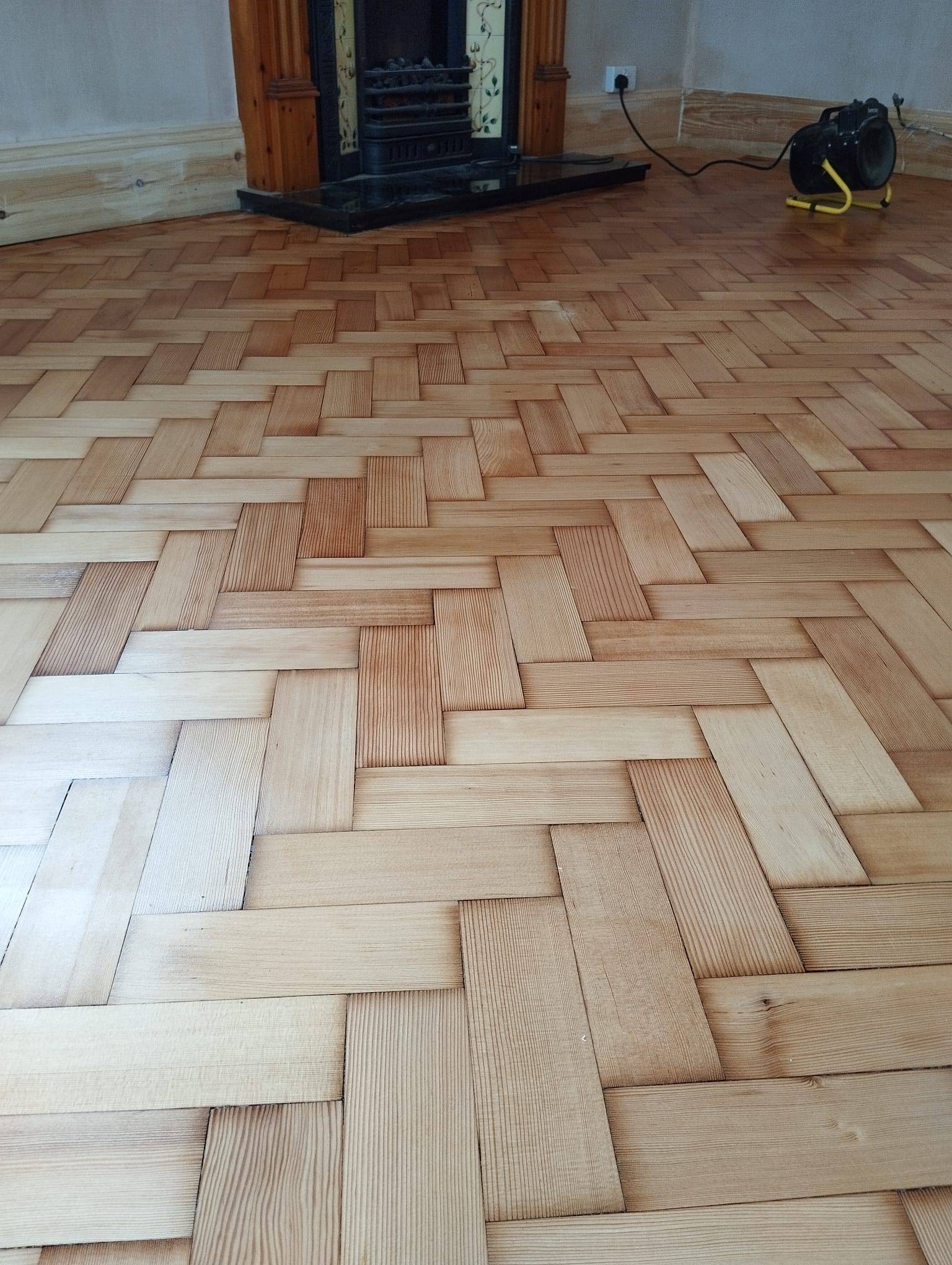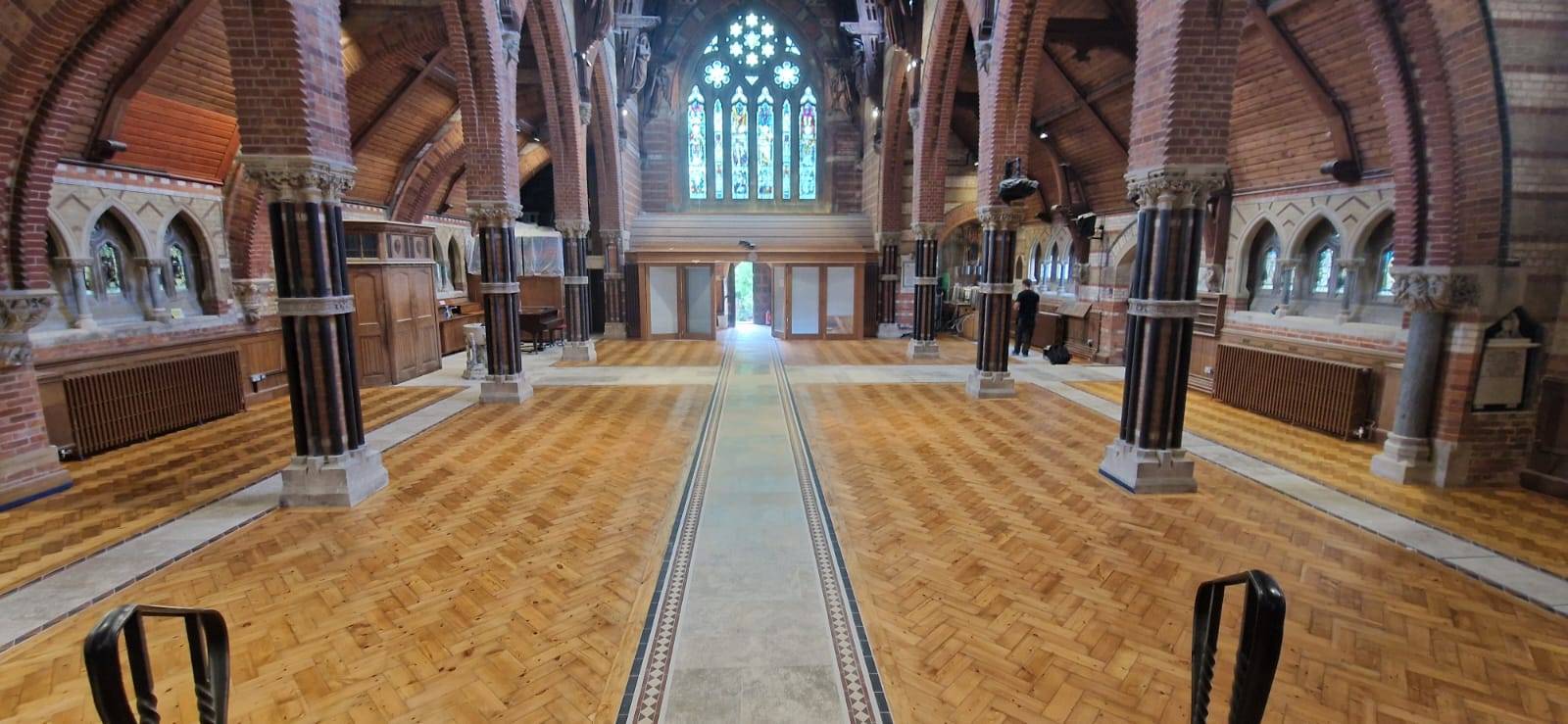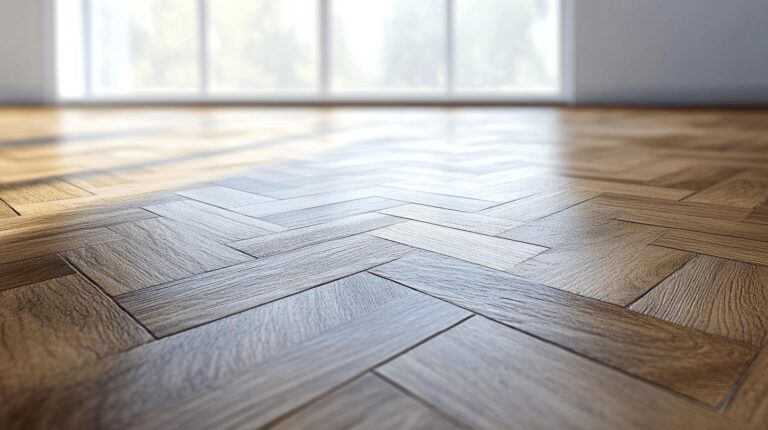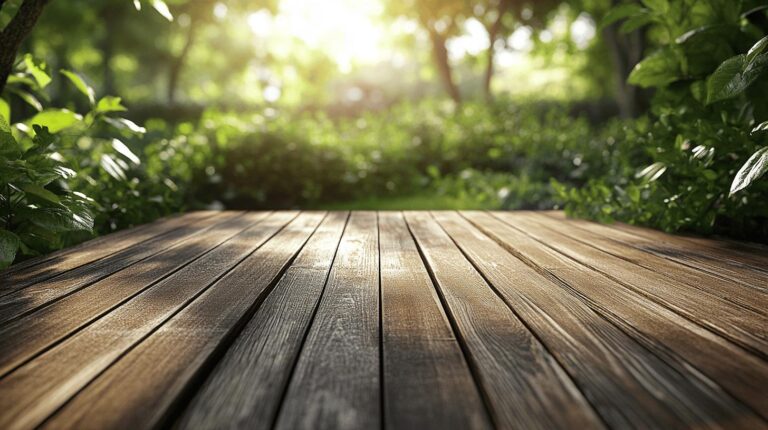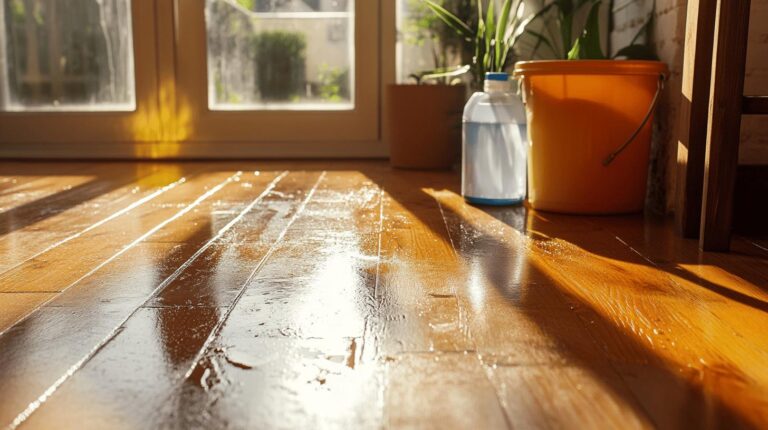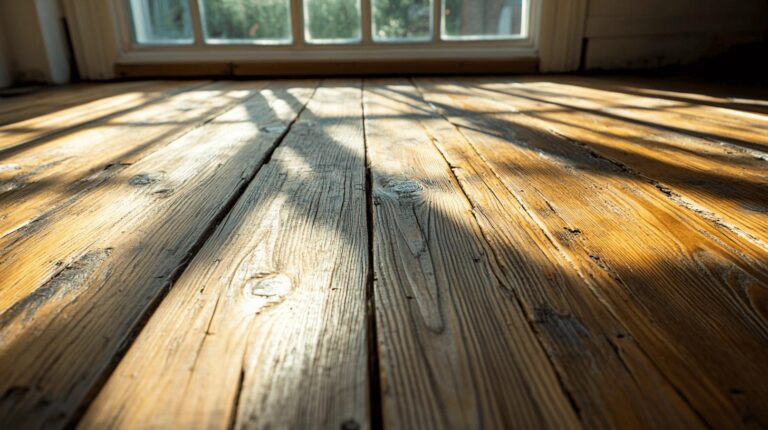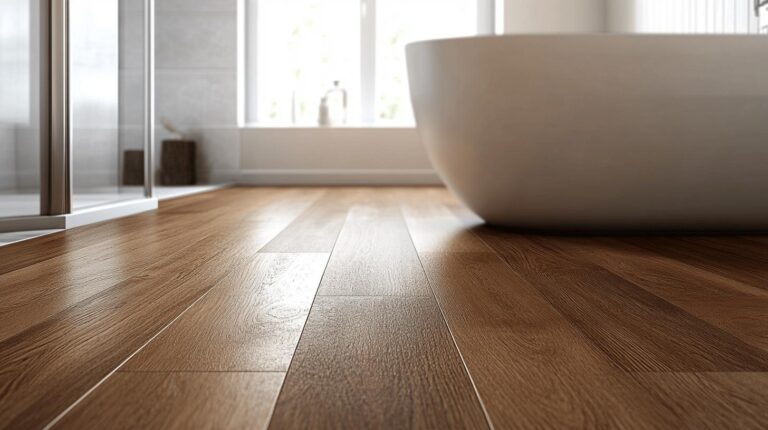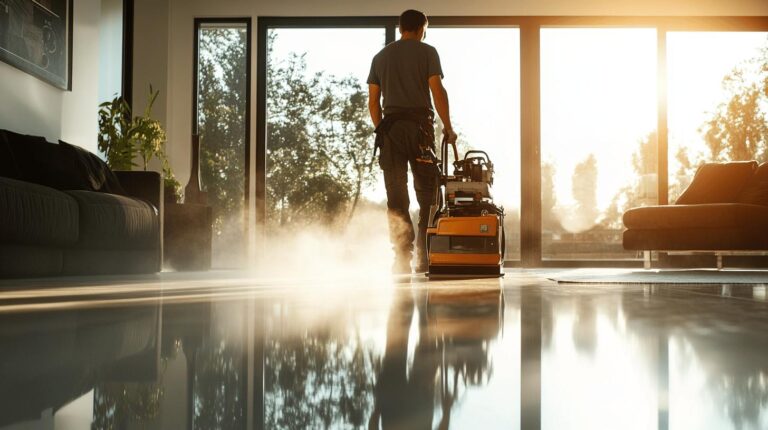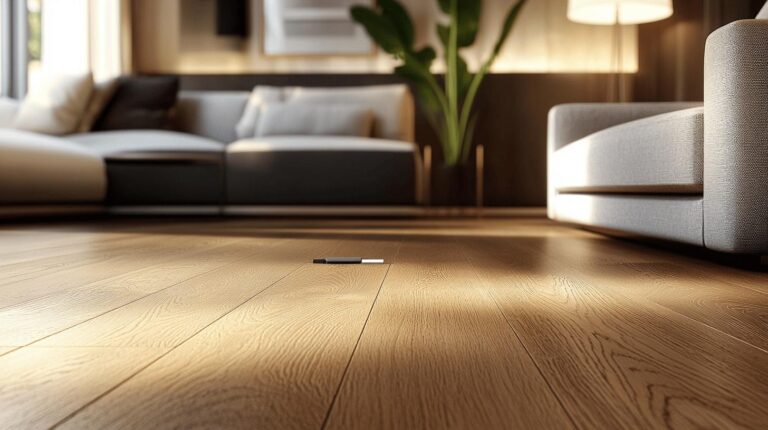When it comes to choosing the perfect finish for your wood floor, the decision often boils down to modern versus traditional staining techniques. Each has its own unique qualities, and deciding between them can feel like choosing between night and day. Modern staining, with its quick-drying, low-odour water-based stains, appeals to those prioritising eco-friendliness and a rapid turnaround. On the other hand, traditional oil-based stains are prized for their rich colour and durability in high-foot-traffic areas. In this guide, Ryan from Ryan’s Restoration will help you delve into the nuances of both, aligning their features with your flooring aspirations.
Understanding Modern Staining Techniques
Modern staining techniques primarily revolve around the use of water-based stains, which are popular for their quick drying times and low odour. These stains are known for emitting fewer volatile organic compounds (VOCs), making them a healthier choice for indoor environments. The fast-drying nature of water-based stains allows for quicker project completion, an essential factor for those managing tight schedules or working in occupied spaces. Additionally, their low odour ensures minimal disruption, making them ideal for residential and commercial settings where air quality and comfort are priorities.
Beyond their practical advantages, water-based stains align well with eco-friendly trends and contemporary design aesthetics. Their formulation supports environmental sustainability by reducing harmful emissions, catering to those who prioritise eco-conscious choices in home improvement. Furthermore, water-based stains offer a range of modern colour options, including sleek greys and whites, that fit seamlessly into minimalist and modern interior designs. This versatility in aesthetics allows homeowners and designers to achieve a sophisticated look while remaining environmentally responsible.
- Fast drying times speed up project completion.
- Low VOC emissions enhance indoor air quality.
- Minimal odour reduces disruption during application.
- Versatile colour options cater to modern design trends.
Exploring Traditional Staining Methods
Traditional staining methods, particularly oil-based stains, are renowned for their ability to provide a deep penetration and rich colour to wooden floors. These stains work by seeping into the wood fibres, enhancing the natural grain and offering a warm, inviting appearance that many homeowners find appealing. This deep penetration ensures a more uniform colour distribution, which can be particularly beneficial for woods with varying density or grain patterns. The richness of oil-based stains is unmatched, making them a preferred choice for those who wish to highlight the natural beauty of their wooden floors.
When it comes to durability, oil-based stains stand out due to their robust nature, making them particularly suitable for high-traffic areas. Their formulation creates a strong bond with the wood, resulting in a finish that can withstand significant wear and tear. This durability makes them ideal for spaces that experience heavy foot traffic, such as hallways, kitchens, and commercial settings. The resilience of oil-based stains ensures that the floor’s appearance remains intact for extended periods, reducing the frequency of re-staining and maintenance.
However, traditional oil-based stains do come with certain challenges. One notable drawback is their longer drying times, which can extend the overall timeline of the staining project. This aspect requires careful planning, especially in spaces that need to be accessible shortly after application. Additionally, oil-based stains emit higher levels of volatile organic compounds (VOCs), which can impact indoor air quality and require adequate ventilation during application. This consideration is crucial for those sensitive to strong odours or in environments where air quality is a priority.
Choosing Traditional Stains for High-Foot Traffic Areas
- They offer robust durability, ideal for withstanding wear and tear.
- The deep penetration ensures long-lasting colour in busy spaces.
- Their rich finish enhances the aesthetic appeal of frequently used areas.
Aesthetic Impact of Stain Choices
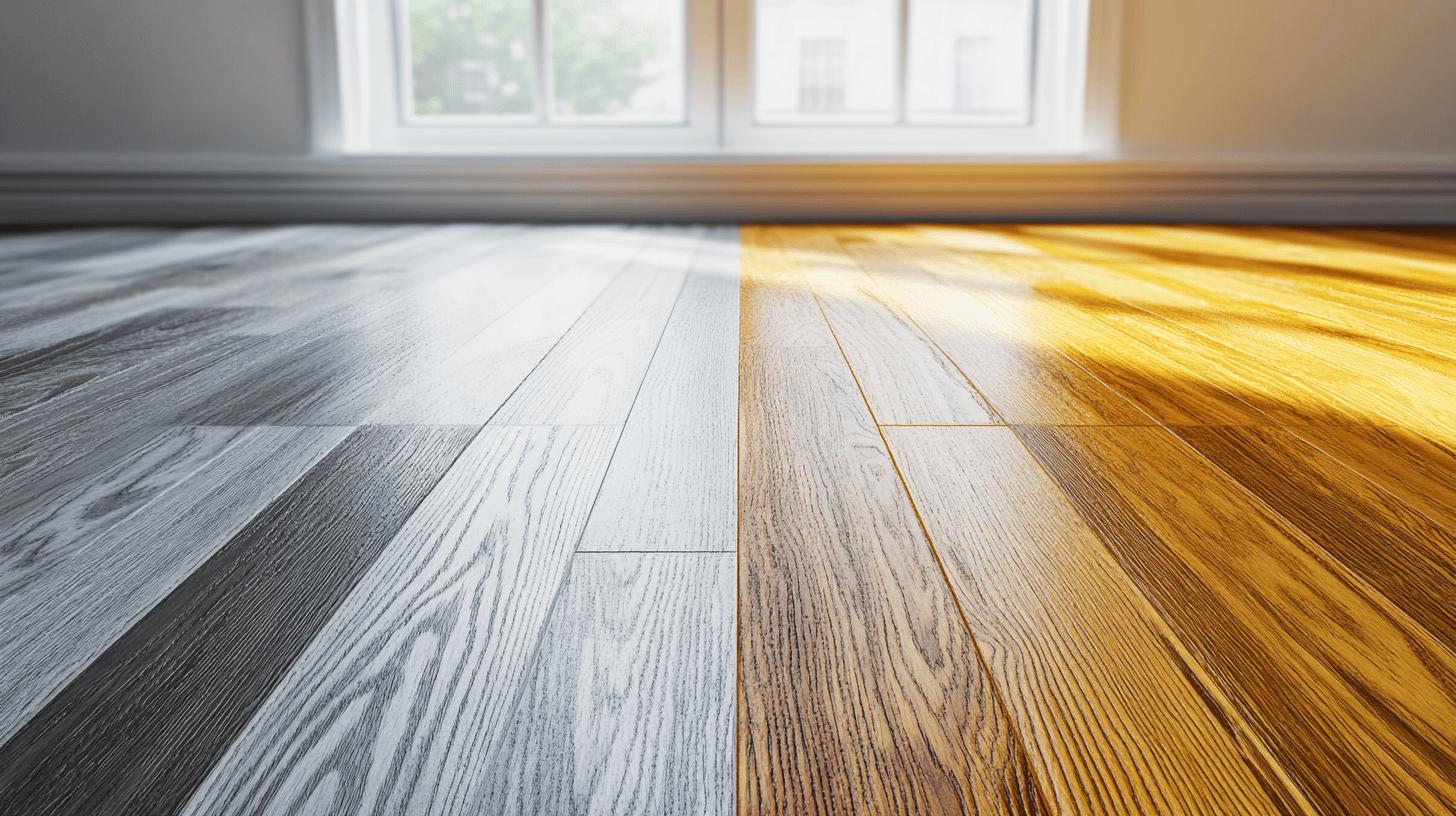
Modern stains, such as grey or whitewashed tones, are often chosen for their ability to create a sleek and contemporary aesthetic. These stains provide a clean and minimalist appearance, making them popular in modern and industrial interior designs. The lightness of these shades can also help to expand a space visually, adding an airy and open feel to smaller rooms. By choosing modern stains, homeowners can achieve a sophisticated look that aligns with current trends in interior design, offering versatility and a fresh update to any living space.
In contrast, traditional stains like honey or chestnut are valued for their warm and classic appeal. These stains bring out the natural richness of the wood, highlighting its grain and texture. The deep, inviting hues are perfect for creating a cosy and timeless atmosphere, making them a favourite in traditional and rustic settings. By enhancing the natural beauty of the wood, traditional stains can add character and depth to a room, offering a comforting and homely environment that stands the test of time.
Cost Implications of Stain Selection
When analysing the initial costs of staining options, water-based stains typically present a slightly higher upfront price compared to oil-based alternatives. This cost difference can be attributed to the environmentally friendly formulation and technological advancements in water-based stains. Despite the initial expense, the ease of application and quicker drying times of water-based stains can translate to labour savings, especially in larger projects. In contrast, oil-based stains are generally more affordable initially but require longer drying periods, which could increase labour costs due to extended project timelines.
Considering long-term maintenance, water-based stains offer a cost-effective advantage through reduced upkeep expenses. Their formulation not only facilitates easier cleaning but also less frequent refinishing, thanks to their robust performance against wear and tear. This aspect significantly lowers the maintenance costs over time. Conversely, traditional oil-based stains, while durable, usually necessitate more regular maintenance due to their susceptibility to scratches and wear in high-traffic areas. These maintenance needs can result in higher cumulative costs, making them less economical in the long run.
- Water-based stains involve higher initial costs but promise lower long-term maintenance expenses.
- Oil-based stains start off cheaper but may incur higher cumulative maintenance costs.
- Choosing the right stain type can balance upfront expenses with future savings.
Maintenance Requirements and Longevity
Water-based stains, commonly used in modern staining techniques, are favoured for their ease of maintenance. Regular sweeping and damp mopping with a non-abrasive hardwood floor cleaner is sufficient to keep these stains looking pristine. The quick-drying nature of water-based stains not only facilitates faster cleaning routines but also reduces the time floors are susceptible to damage from spills and stains. Their formulation allows for a robust surface that resists wear and tear, making them an excellent choice for those seeking low-maintenance solutions. With proper care, water-based stained floors can maintain their aesthetic appeal for an extended period, particularly in environments with moderate foot traffic.
On the other hand, traditional oil-based stains demand more intensive maintenance efforts due to their susceptibility to scratches and surface wear. These stains often require periodic touch-ups and refinishing to preserve their appearance, especially in high-traffic areas. The deeper penetration of oil-based stains offers durability; however, it necessitates more frequent care to address wear patterns and fading. Regular cleaning with a suitable product is essential, and occasional applications of a maintenance coat can extend the life of the finish. Despite the extra maintenance, the rich and classic appearance of oil-based stains remains a compelling choice for many.
- Use protective pads under furniture to prevent scratches.
- Regularly sweep or vacuum to eliminate abrasive debris.
- Apply maintenance coats periodically for traditional stains.
- Control indoor humidity to prevent wood expansion or contraction.
- Promptly clean spills to prevent staining and damage.
Environmental Considerations in Stain Selection
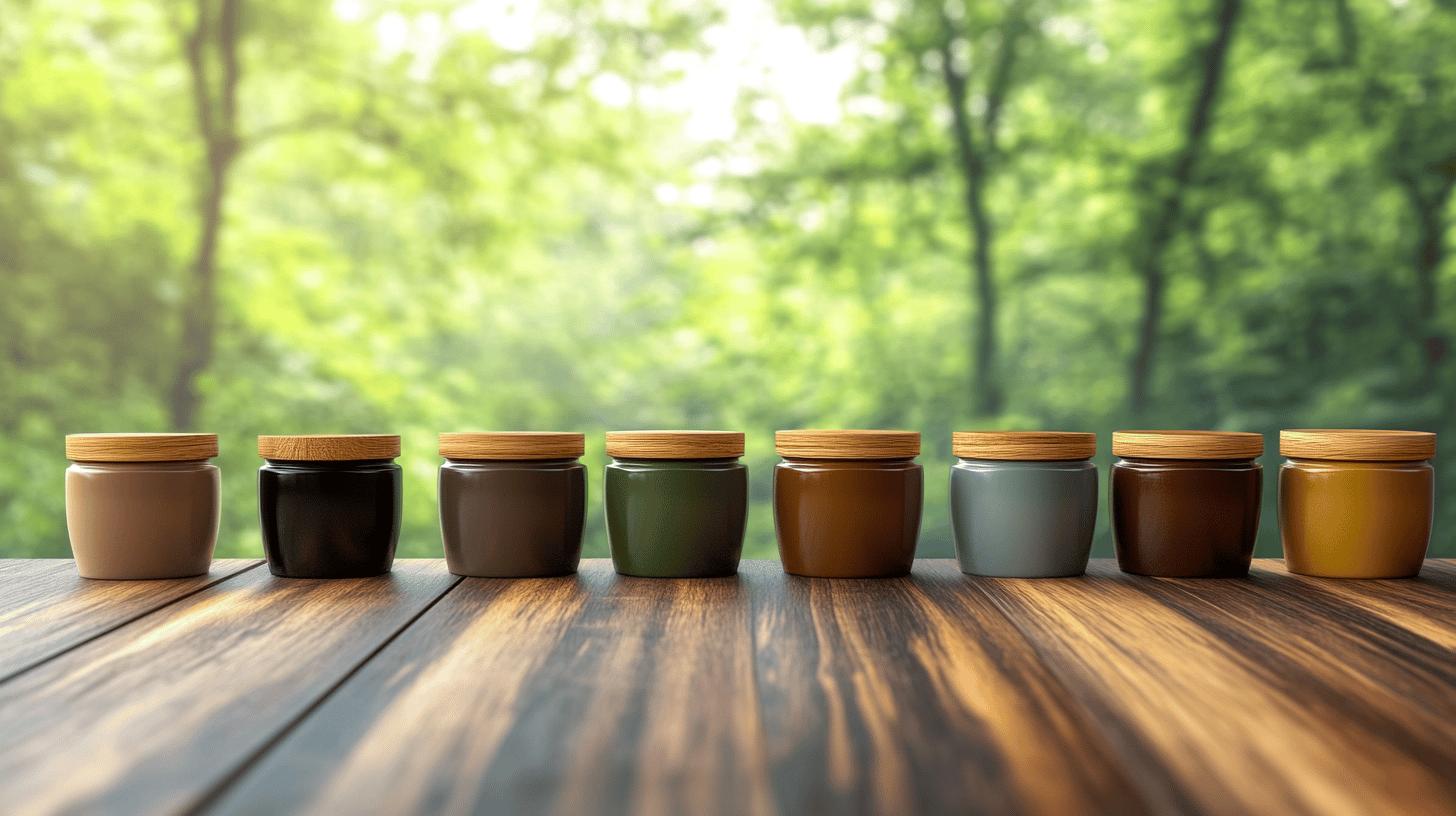
The environmental impact of staining techniques is increasingly becoming a critical factor for homeowners and professionals alike. Water-based stains are a leading choice for those seeking eco-friendly solutions due to their low volatile organic compound (VOC) emissions. These stains offer a safer option for indoor air quality, reducing potential health risks associated with traditional staining methods. In addition to their low odour and quick drying times, water-based stains support sustainable practices by minimising the environmental footprint of renovation projects. By choosing water-based options, individuals contribute to healthier living spaces and a reduced ecological impact.
Incorporating sustainably sourced materials is another essential aspect of reducing the environmental impact of wood floor staining. Opting for stains that are compatible with sustainably harvested wood helps preserve forest ecosystems and encourages responsible forestry practices. This approach not only supports environmental conservation but also ensures the longevity and durability of the wood floors. Selecting stains that align with sustainable material choices underscores a commitment to eco-responsibility, fostering a harmonious balance between aesthetics and environmental consciousness.
Eco-Friendly Staining Tips
- Verify stain compatibility with certified, sustainably sourced wood.
- Choose water-based stains with low VOC emissions for better air quality.
- Prioritise products from brands committed to sustainable practices.
Final Words
Deciding between modern and traditional staining techniques involves weighing factors like environmental impact, aesthetic appeal, and maintenance needs. Modern staining techniques, such as water-based stains, offer quick drying times, low odour, and eco-friendliness, aligning with contemporary design preferences. Traditional stains, especially oil-based, provide durability and rich colours but require longer drying periods and emit more VOCs. Considering the aesthetic impact and costs reveals how your choice affects both budget and space appearance. Ultimately, selecting between modern and traditional stains depends on prioritising sustainability, style, and maintenance. Whether opting for modern or traditional staining techniques, ensure the choice enhances the overall beauty and longevity of your wood floors.
FAQ
What type of stain is best for wood floors?
The best stain for wood floors depends on the desired outcome. Water-based stains offer quick drying and low VOC emissions, while oil-based stains provide rich colour and durability for high-traffic areas.
What wood floor stain is timeless?
Timeless wood floor stains typically include colours like honey and chestnut due to their warm and classic appeal. These colours work well in various design styles and endure aesthetic shifts over time.
How do you make wood floors look modern?
To make wood floors look modern, choose stains in grey or whitewashed tones, contributing to a sleek and contemporary aesthetic. These tones update the traditional look with a fresh, minimalistic approach.
Are brown wood floors still in style?
Brown wood floors remain in style as they offer a versatile and warm aesthetic. They work well with both traditional and modern interiors, providing a classic look adaptable to various design trends.
